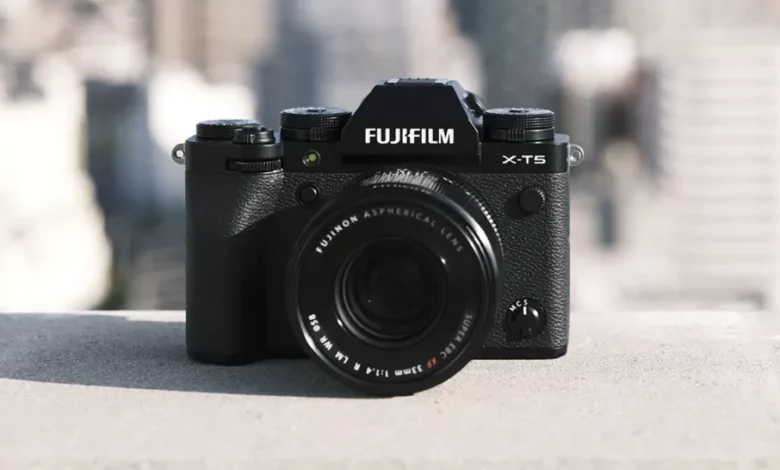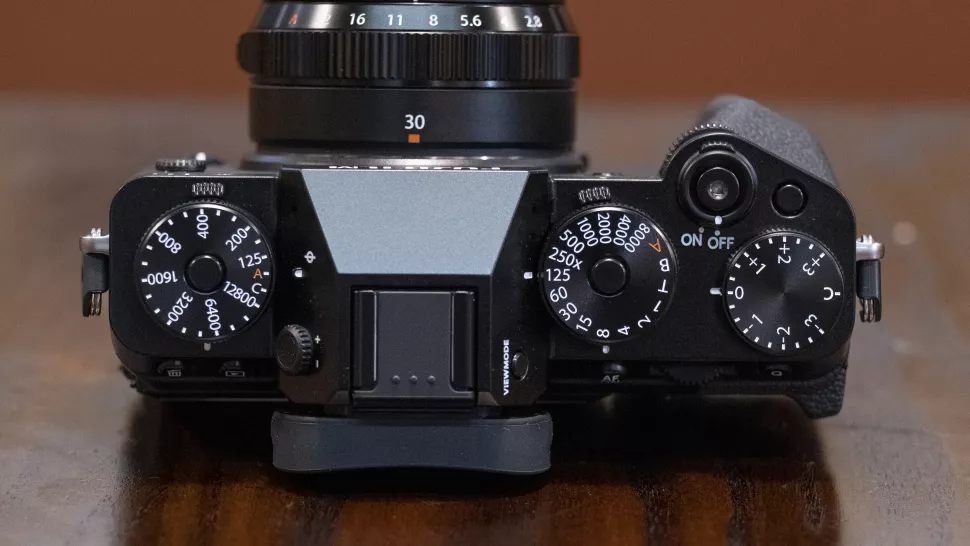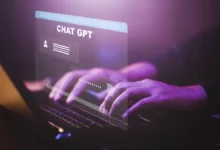
Does it have the shooting stamina?
he camera industry has rolled back the years and blasted out new cameras like confetti in the last fortnight. We’ve been treated to the Sony A7R V, OM System OM-5 and Canon EOS R6 Mark II. But arguably the most exciting for photographers is the Fujifilm X-T5, a camera that feels like a kind of ‘greatest hits’ tape for its fans.
I’ve counted myself among those fans for a number of years, ever since I bought a Fujifilm X-T20 back in 2017. And while I’ve owned and used an array of cameras from different manufacturers since then, the X-T series has always held a particular charm – which is why the X-T5 is such a tempting prospect.

On paper, it looks a real winner for keen photographers. It’s small and light enough to take on landscape photography trips or street shooting sessions, but large enough to squeeze in a decent grip, in-body stabilization and a new 40MP APS-C sensor.
But there’s one thing that’s making me hesitate about pre-ordering – its apparent burst shooting limitations.
Two steps forward
In most respects, Fujifilm’s decision to pair its new 40MP sensor – the same as the one in the larger Fujifilm X-H2 – with twin SD card slots makes a lot of sense. The latter keep the size of the camera down, lets you back up shots onto the same type of card, while the former gives you the undoubted benefits of that class-leading resolution.
But while our tests have shown that, from an image quality perspective, there are few downsides of Fujifilm’s leap from a 26MP sensor to a 40MP one, there is a slight penalty when it comes to continuous shooting. In short, as the table below shows, the Fujifilm X-T5 is worse than the X-T4 (and even the X-T3) for raw shooting when it comes to maintaining its highest continuous shooting speeds.
At the X-T5’s top mechanical shutter speed of 15fps, you can only do this for just over one second (compared to two seconds on the X-T4). And it’s a similar story when you drop down to 10fps in uncompressed raw, with the X-T5 managing just under two seconds, only half what the X-T4 can manage.
| Fujifilm X-T5 | Fujifilm X-T4 | Fujifilm X-H2 | |
| 15fps (JPEG) | 119 frames | 110 frames | 1000+ frames |
| 15fps (Lossless compressed raw) | 22 frames | 38 frames | 1000+ frames |
| 15fps (Uncompressed raw) | 19 frames | 35 frames | 400 frames |
| 10fps (JPEG) | 1000+ frames | 164 frames | 1000+ frames |
| 10fps (Lossless compressed raw) | 29 frames | 44 frames | 1000+ frames |
| 10fps (Uncompressed raw) | 19 frames | 37 frames | 1000+ frames |
None of this is a major surprise or even a big criticism of the X-T5. It may have a new X Processor 5 to help, but it’s still pushing around a lot more data with each frame than its predecessors. And in this scenario, your SD card is a bit like a Coney Island hot dog eating contestant – it can only gobble up so much before it raises the white flag.
The table above really shows the considerable power of CFexpress cards, with continuous shooting buffers hardly even a consideration at any speeds on the X-H2, even though it shares the same sensor and processor as the X-T5.
The big question, though, is does this really matter? That’s a question you’ll need to ask yourself, based on the type of shooting you do. The obvious answer is… just buy a Fujifilm X-H2. That is a fair point, but that camera lacks all of the photographic charms that Fujifilm has poured into the X-T5; its small size, three-way tilt screen and lovely dials.
Crunch time
For me, the likely solution when shooting fast-moving subjects would be to shoot at 10fps in lossless compressed raw. This type of compression doesn’t discard any image data and produces files that are about half the size of their uncompressed equivalent – a major win on all fronts.
Speeds of 10fps are also more than enough for most situations. I don’t regularly shoot pro sports (otherwise I’d definitely look at the X-H2 or the incredibly speedy X-H2S), but I do often photograph those in-between genres when speed is often crucial for nailing a particular moment – for example, live music, wildlife and street photography.

In those situations, I’d prefer a safety net of 2-3 seconds of continuous shooting to make sure I’ve snagged the critical moment. And while that isn’t possible on the X-T5 when shooting uncompressed raw files, there are workarounds that involve very few compromises.
For most types of shooting, then, the Fujifilm X-T5 is still definitely a contender for the title of best camera for photography, despite this small regression from its predecessor. And as it’s just arrived for testing, we’ll give you our final verdict very soon.
But if you prefer a fully articulating screen (not to mention oversampled 4K video without a crop), then it’s worth knowing that the Fujifilm X-T4 has just been given a $150 price drop in the US during the early Black Friday camera deals. Decisions, decisions.
By Mark Wilson







![[1/3]An AI (Artificial Intelligence) sign is seen at the World Artificial Intelligence Conference (WAIC) in Shanghai, China July 6, 2023. REUTERS/Aly Song/File Photo Purchase Licensing Rights, opens new tab](https://www.ghanaiantimes.com.gh/wp-content/uploads/2024/03/Screenshot-2024-03-11-at-09-10-00-AI-talent-war-heats-up-in-Europe-e1710148354659-220x150.png)